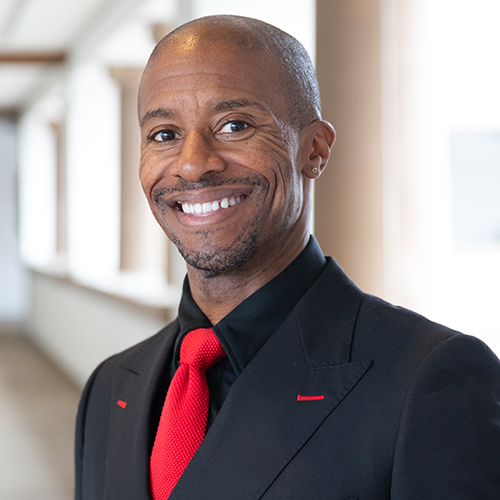FAQ
The following are frequently asked questions regarding Employee Resource Groups. To pose additional questions, please email [email protected].
ERGs are designed to build an inclusive environment for SDSU employees from various
employment groups, with particular attention to employees from historically underrepresented
and underserved backgrounds. Examples of ERGs include but are not limited to: the
Latinx Faculty Staff Association, the Black/African American Faculty Staff Association,
the Asian-American and Pacific Islander (AAPI) Faculty Staff Association, the Pride
Faculty Staff Association, the First-Generation College Student Faculty and Staff
Association, etc.
Why does SDSU think ERGs are important to creating an inclusive environment that supports diversity?
The growing body of research and best practices literature suggests that ERGs (also
known as affinity groups) have the potential to foster community building, stronger
employee ties to the university, opportunities for professional development, and leadership
experiences. When ERGs are employee-founded, -designed and -managed but administratively
recognized and supported, they can contribute greatly to creating a more welcoming
and inclusive work environment, one that supports and celebrates diversity.
You can indicate your interest in joining any existing ERG by emailing the leadership
of those groups (the contact information can be found by clicking here[BROKEN LINK] and then on the specific ERG you are looking for) or by emailing Dr. Emilio Ulloa (ERG Coordinator) at [email protected]. You will then be placed on a membership roster and in some cases, email list.
The participation levels vary widely and depend on the ERG and also on your role/interest.
Feel free to attend a meeting or contact the ERG leadership to inquire.
A good place to start is to discuss your proposed group with Dr. Ulloa (ERG coordinator)
by emailing your interest and queries to [email protected] or by setting up a meeting. A meeting is preferred as this can facilitate a more detailed
discussion to answer your questions and to help ensure that your group is positioned
for success. Ultimately you will need to recruit colleagues who agree to be listed
on your membership roster, identify leaders/officers, articulate a mission to include
goals and by-laws, and submit an application. For the application form and for information
about deadlines, check our page on how to start an employee resource group.
Priority will be given to ERG groups that are inherently designed to advance the mission
of the Office of Faculty Diversity and Inclusion by contributing to the recruitment
of faculty and staff who are reflective of the diverse students and communities served
by SDSU. In addition, ERGs should foster an environment of inclusion for faculty and
staff from underrepresented groups with a goal to enhance the career pathways of faculty
and staff from these underrepresented groups. Furthermore, through visibility, awareness,
and/or mentorship, ERGs should work to bolster the pipeline of diverse students through
the pathways of higher education by cultivating relationships with the local community
in an effort to advance the well-being of diverse individuals and communities. Groups
that are not designed with these goals in mind, or whose mission, structure, and/or
by-laws are inherently exclusive or counter to the goals of diversity and inclusion
are not welcomed.
ALL ERGs are inherently inclusive. This means that while their mission might focus
on the cultural issues of a particular group of people around a shared identity, all
are welcome! ERGs strongly encourage participation from anyone in the SDSU community.
They especially welcome “allies” from groups that claim other social identities but
who share the same commitment, values, and goals as the members of the particular
ERG.
No. ALL ERGs are employee-founded, -designed, and -managed. The SDSU administration
does not create specific ERGs; however, through the application process, SDSU does
officially recognize and provide structural support for those ERGs that meet the eligibility
requirements.
In order to warrant official recognition and support by SDSU, it is important that
ERGs can articulate a level of organization and thus sustainability. One way to ensure
this is to ask ERGs to provide documentation in the form of the application (and renewal
paperwork). SDSU does not provide evaluative comment or feedback on the choices made
in the content or format of the ERGs’ mission, goals, or by-laws (other than determining
whether they meet eligibility requirements); that stated, SDSU does require ERGs to
keep SDSU administration informed and updated in order to provide better support and
services. Each ERG is responsible for making decisions about governance and structure.
The growing body of literature documenting best practices for ERGs suggests that a
regular renewal process helps ERGs to stay active and to revisit their goals and priorities
from year to year. In addition, a renewal process provides opportunities for rotating
leadership and facilitates communication between the SDSU administration and employee
groups.
